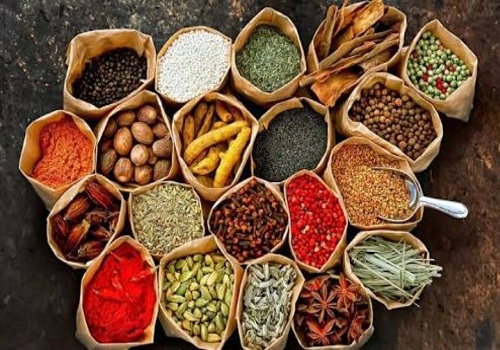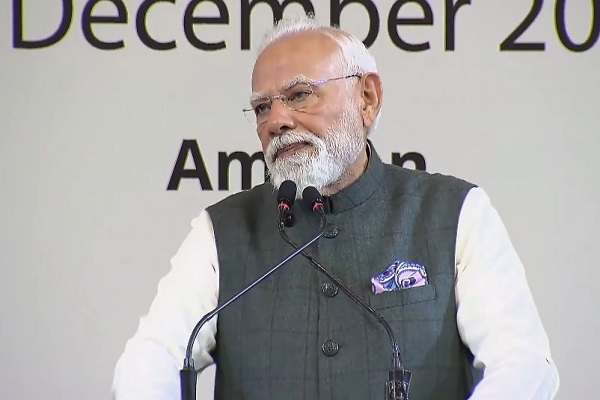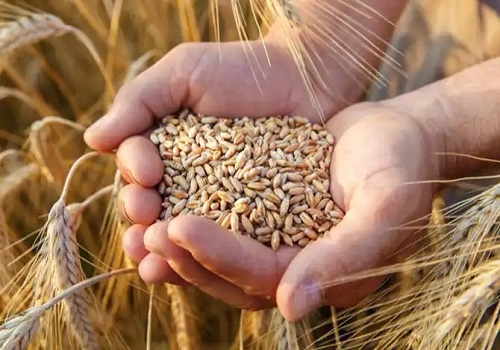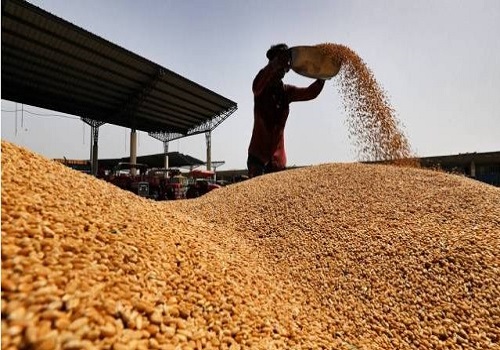Dhaniya, Jeera, and Turmeric June 2025 by Amit Gupta, Kedia Advisory

Dhaniya
Dhaniya Prices Drop Over 4% in May as Crop Estimates Rise, Exports Crash by 52% Yo
* Revised crop estimates increased to 110 lakh bags due to better yields.
* Coriander exports fell sharply by 52% to 42,829 MT YoY.
* Moisture-hit arrivals in Neemuch, Kota lowered mandi price averages.
* Bulk procurement weakened due to poor global and domestic buying sentiment.
* All-India arrivals dropped 64.5% MoM, yet couldn't support prices fully.
In May 2025, Dhaniya prices witnessed a decline of over 4%, weighed down by multiple bearish fundamentals. Prices came under pressure following the revised crop estimates, which showed a notable improvement over earlier expectations. Initial projections pegged the 2025 coriander crop at around 94–95 lakh bags, but due to favourable weather conditions during the flowering and pod-setting stages, yields improved substantially, pushing the expected output to nearly 110 lakh bags, in line with last year’s harvest. This news triggered a sentiment-driven correction in prices.
Further compounding the decline was the drastic fall in coriander exports. According to the Spices Board of India, India exported only 42,829 metric tonnes (MT) of coriander during April–February 2024–25, marking a 52% decline compared to 89,153 MT in the same period last year. Although month-on-month (MoM) exports inched up by 1% to 4,468 MT, the overall sentiment remained weak, especially due to declining demand from West Asian and Southeast Asian markets. Bulk procurement was subdued, and domestic traders adopted a wait-and-watch approach, awaiting clarity on export revival.
Quality concerns also played a significant role in depressing prices. In key mandis like Neemuch and Kota, arrivals during mid-May reported moisture-related issues caused by unseasonal rains during the harvest period. As a result, sub-standard produce fetched lower realizations, dragging the mandi averages lower. However, top-grade coriander maintained price stability, with Kota mandi quoting ?1,320/quintal as of May 21, 2025, supported by steady local demand and limited carryover stocks from the previous season.
Interestingly, despite weak sentiment, total all-India arrivals in May dropped significantly to 21,055.83 MT, down from 59,397.65 MT in April. This sharp drop in supply created a short-term cushion that helped prevent a deeper price fall. On the structural side, some long-term positives are emerging. The cold storage infrastructure at spice parks in Rajasthan and Madhya Pradesh is being expanded, with an additional 2,000 MT capacity expected by July 2025. Furthermore, the Ministry of Commerce and Industry has launched a ?25 crore SFURTI initiative to boost organic and value-added coriander exports, offering policy support for the sector.
Technically, Dhaniya futures appear to have found support at lower levels. Traders may consider buying near ?6,950, with a stop-loss at ?6,650 and an upside target of ?7,600, as reduced arrivals and strong policy backing could support a gradual price recovery.
Turmeric
Turmeric Prices Drop Over 2.5% as Sowing Outlook Improves and Supply Surges Across Key Mandis
* Turmeric prices fell 2.51% from May highs amid strong technical rejection.
* Early monsoon boosted sowing momentum; acreage may rise 15–18% YoY.
* Major states report aggressive sowing; farmers attracted by firm price trends.
* Arrivals from Sangli, Warangal, and Nizamabad kept supply chain strong.
* Quality concerns due to rains pressured prices in Telangana and Maharashtra.
* Monthly turmeric exports rose 6.5% to 12,538 MT in May 2025.
Turmeric prices declined by 2.51% in May 2025, slipping from a high of ?14,942/quintal on May 19 to around ?13,600/quintal by month-end, primarily due to technical resistance near the ?15,000 level and increased arrivals from key producing regions. Despite firm underlying demand, traders booked profits and turned cautious amid signs of supply improvement and deteriorating quality in some lots.
A key driver of this correction was the early onset of the monsoon, which triggered active sowing in major turmeric-growing states including Karnataka, Maharashtra, Telangana, and Tamil Nadu. Preliminary discussions with farmers, traders, and seed companies suggest a 15–18% increase in sowing area compared to last year. However, a clearer picture will emerge by mid- to late June.
Meanwhile, supply conditions remained active. In Sangli, about 90% of the new crop has already arrived, while Warangal and Nizamabad continued to receive steady inflows. According to Agmark, May turmeric arrivals stood at 27,708 quintals, down from 45,040 quintals in April, yet sufficient to keep mandi activity strong. However, arrivals in Nanded and Telangana faced quality issues due to unseasonal rains and waterlogging, resulting in smaller bulbs and low curcumin content, putting pressure on substandard lots.
On the positive side, monthly turmeric exports rose 6.5% to 12,538 MT in May, while cumulative exports between April–Feb 2024–25 reached 161,230 MT, up 11.5% YoY, supported by demand from the UAE, USA, and Japan. The sector also remains upbeat about the upcoming National Turmeric Board, which aims to double production to 20 lakh tonnes in five years.
Prices may stay range-bound in June as arrivals peak and acreage estimates stabilize. Technically, buying is advised near ?13,800 with a target of ?14,800 / ?15,400 and stop-loss at ?13,100, supported by steady exports, strong retail demand, and structural reforms.
Jeera
Jeera Prices Drop Over 6% in May Amid High Stocks, Quality Concerns, and Weak Chinese Demand
* Jeera prices declined 6% in May as arrivals pressured spot markets.
* Farmers holding stocks amid hopes of better off-season prices ahead.
* China reduced cumin imports, weakening demand in Indian mandis.
* May arrivals fell to 25,751 MT, down 62% from April levels.
* Rain-damaged, low-quality arrivals further pulled down mandi price realizations.
* Cumulative jeera exports rose 60% YoY to 195,164 MT during Apr–Feb FY25.
Jeera prices declined over 6% in May 2025, reversing from earlier gains as arrivals surged during peak harvest in Rajasthan and Gujarat. Prices saw pressure despite a slight decline in this year’s production, mainly due to large carry-forward stocks and cautious demand from both local and export markets. According to Agmark, all-India jeera arrivals fell sharply to 25,751 MT in May, down from 67,972 MT in April. However, despite this drop, mandi prices remained under pressure due to influx of rain-damaged and delayed crops, especially in Unjha and Rajasthan, where quality-related issues such as discoloration and moisture affected buyer interest. In Unjha, medium-grade jeera traded between ?21,200–?22,200, while premium grades in Rajasthan struggled to hold above ?23,000. Farmers reportedly withheld better quality stock, hoping for higher prices during the off-season, limiting fresh supply.
While in global market, India’s export performance remained strong, with jeera exports rising 60% YoY to 195,164 MT between April–February 2024–25, according to the Spices Board of India. However, February exports dipped 24% MoM, likely due to logistics disruptions or a lack of premium stock. The biggest drag came from China, which continued to delay imports, weakening momentum in local markets. In contrast, steady demand from Bangladesh, UAE, and Vietnam partially supported trade, while demand for GI-tagged Unjha Jeera is rising in European and U.S. markets, albeit from a low base.
Looking ahead, June / July 2025 will be a key turning point, as China’s expected production shortfall could revive export demand for Indian cumin. Until then, prices may remain volatile as markets balance current supply with uncertain global demand.
Jeera futures are forming a base near ?20,500. Traders can consider buying with a stop-loss at ?19,600 and target of ?21,500, supported by expected global demand recovery.





















